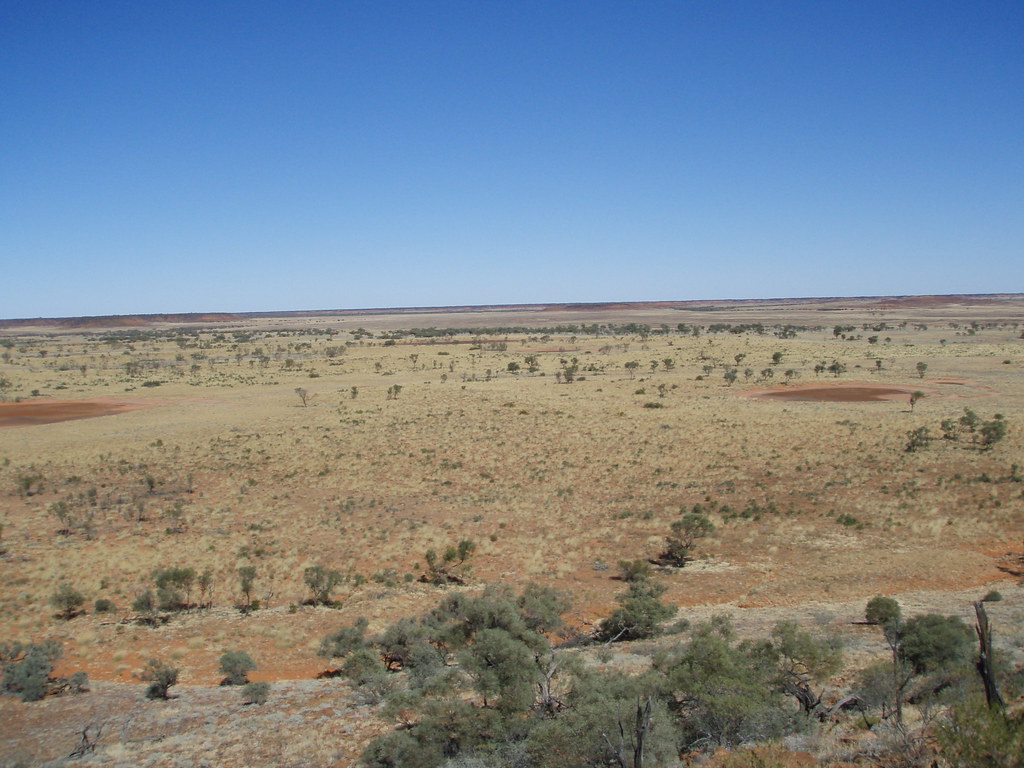Extrapolation of noble gas partitioning studies to the plight of women in science
See my previous post for the context of this discussion, and links to both papers.
There are two chief explanations for why the representation of women in senior scientific research roles is lower than would be statistically predicted.
The “Harvard hypothesis” suggests that women are intrinsically worse at doing science.
The “feminist hypothesis” suggests that women are discriminated against in one or more direct or indirect ways.
This comparison of recent noble gas diffusion papers provides data with which one can compare these competing hypotheses.
With regards to the Harvard hypothesis, Veronika’s paper is clearly better science than Bruce’s. Thus this hypothesis is contradicted, not supported, by comparing these two research reports.
Whether or not the feminist theory is supported or refuted is hard to tell. Clearly, Bruce got a poorer quality paper into a higher profile journal, but whether gender played a role in his ability to do so is unclear. Bruce is a senior, well-respected professor, while Veronica is a (relatively) early career researcher. So Bruce’s ability to get his paper into the higher profile journal could be a result of seniority, experience at the publication game, networking, or his previous track record. I will leave it to the reader to speculate whether gender impacts on any of these things, but I will say this: The editorial board of Nature does not seem to have neutralized any of these potentially biasing factors.




